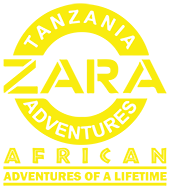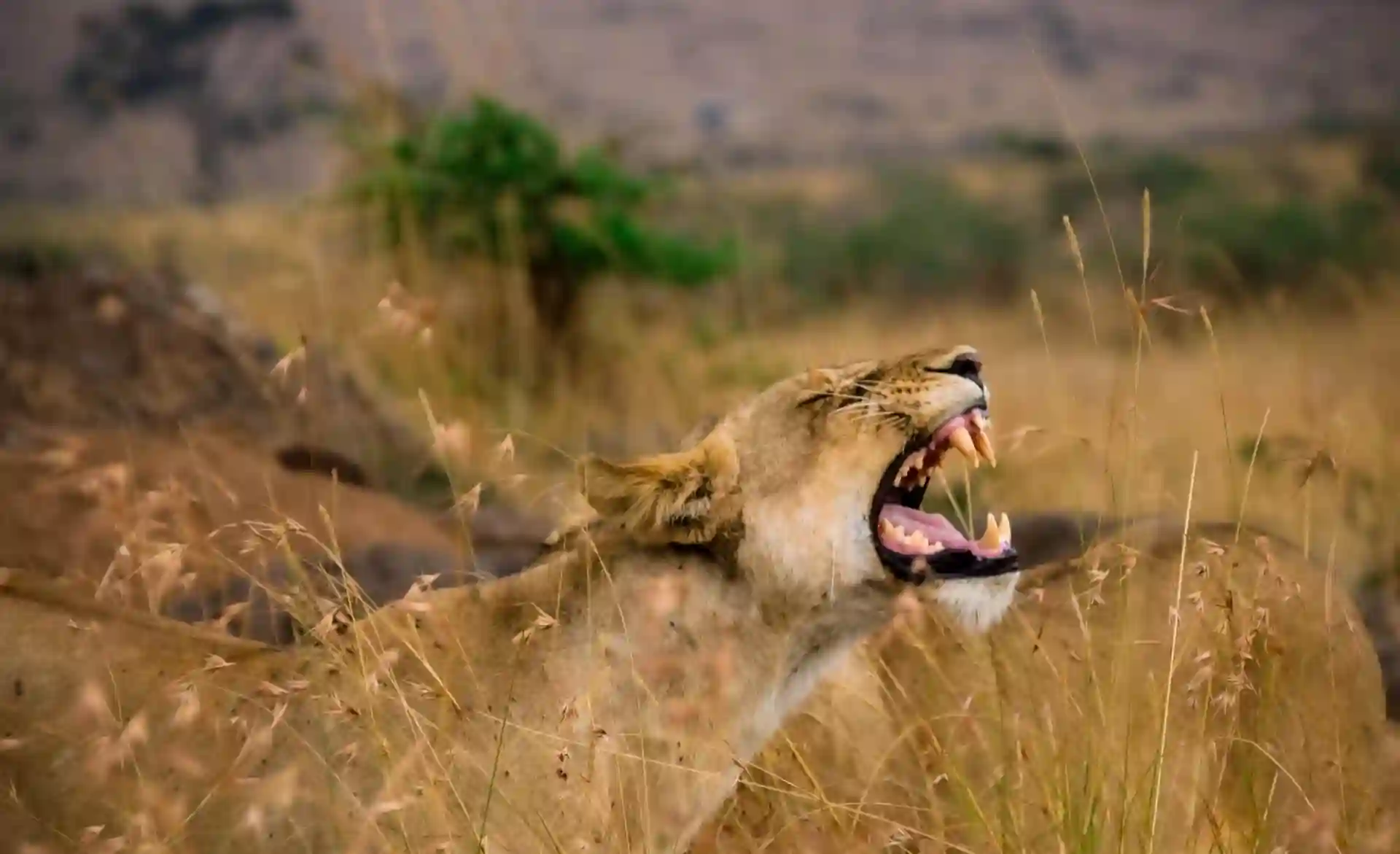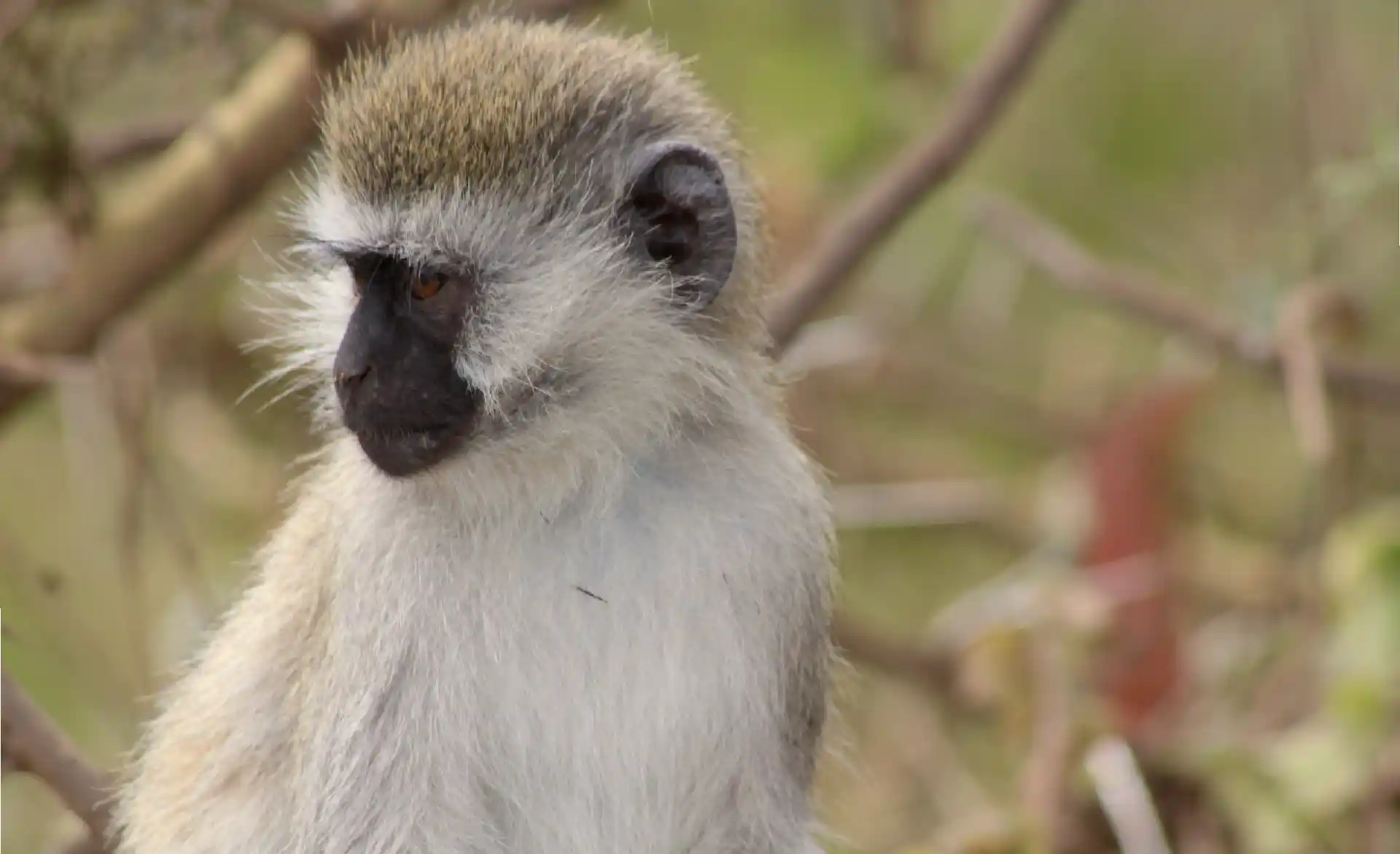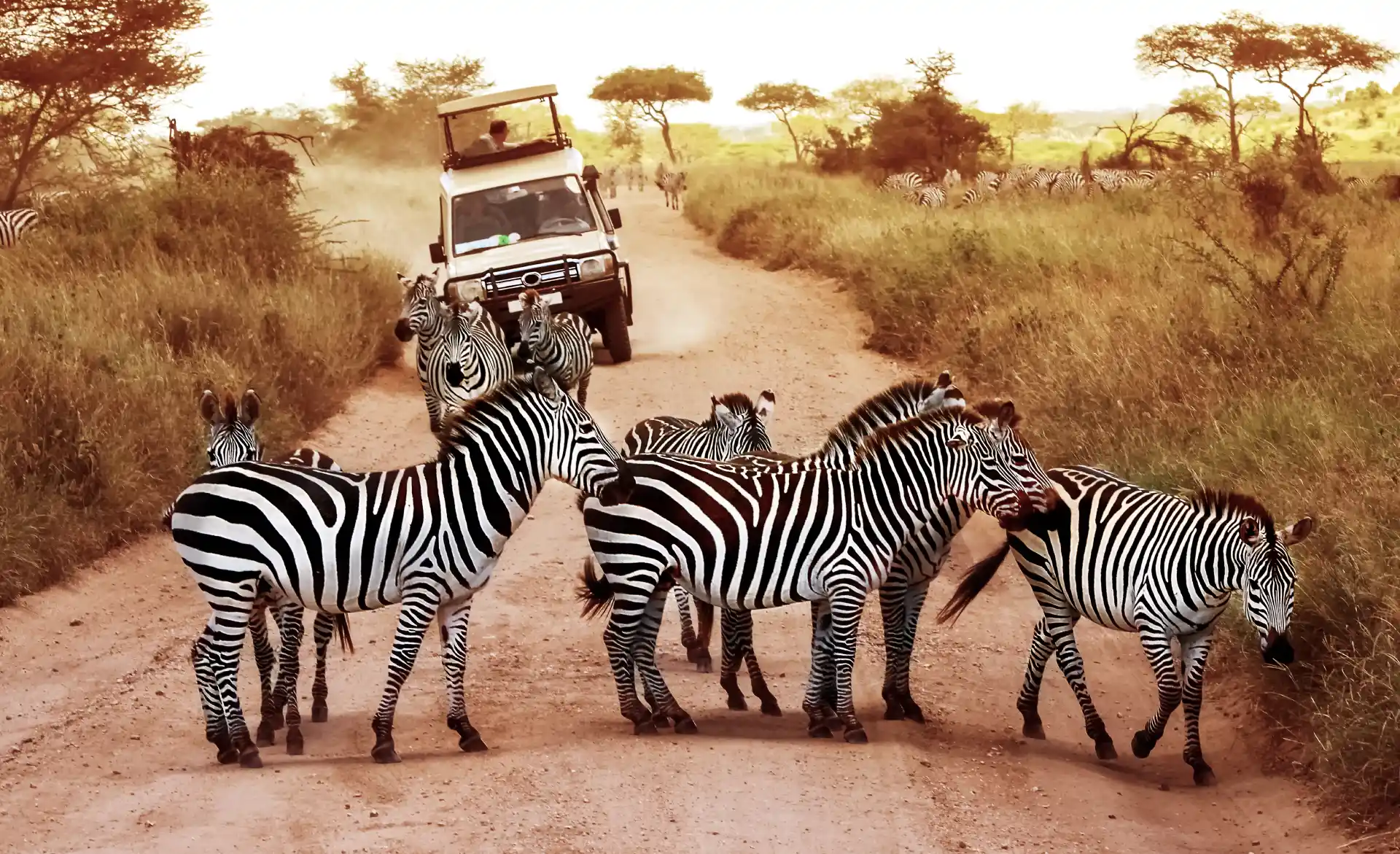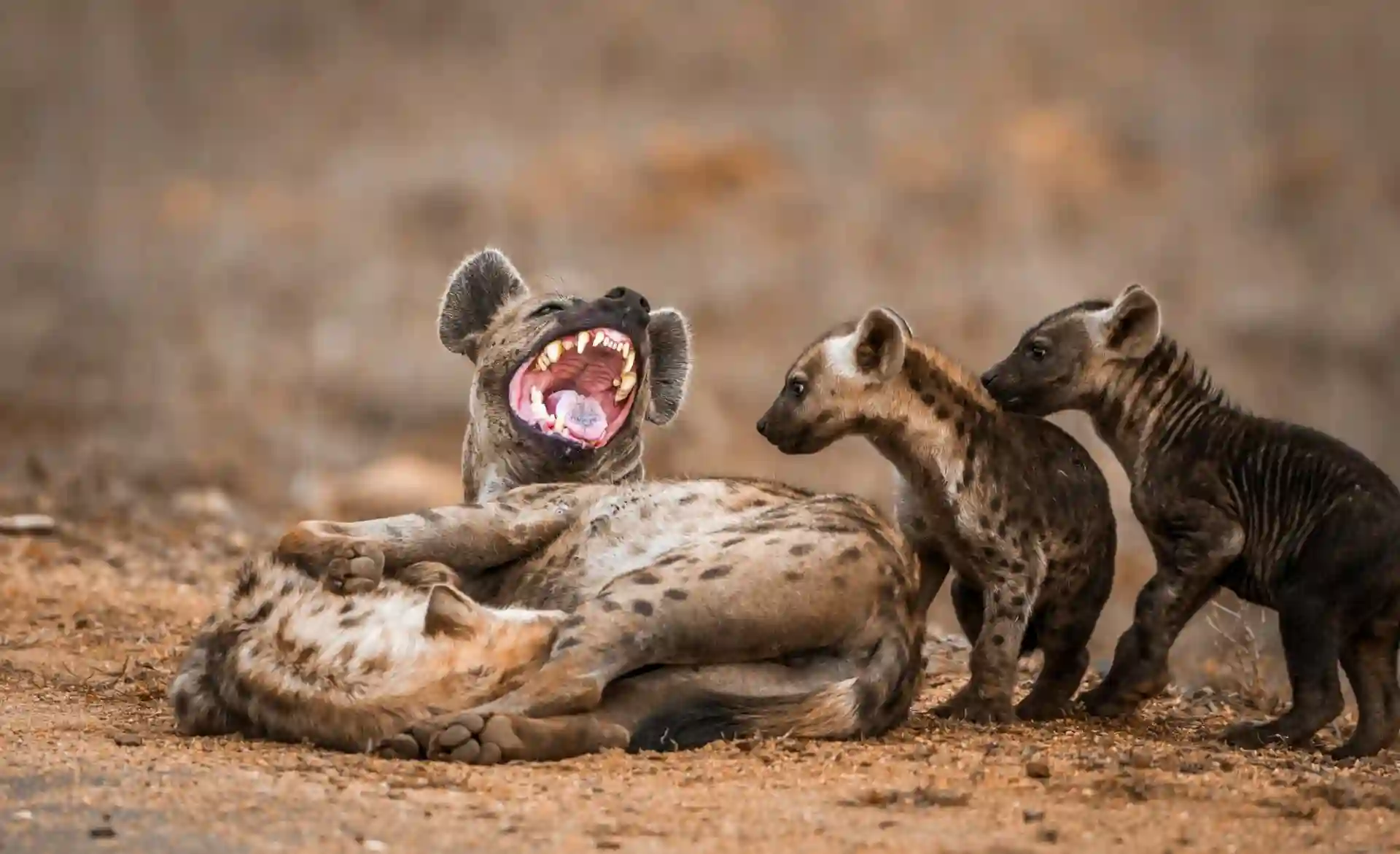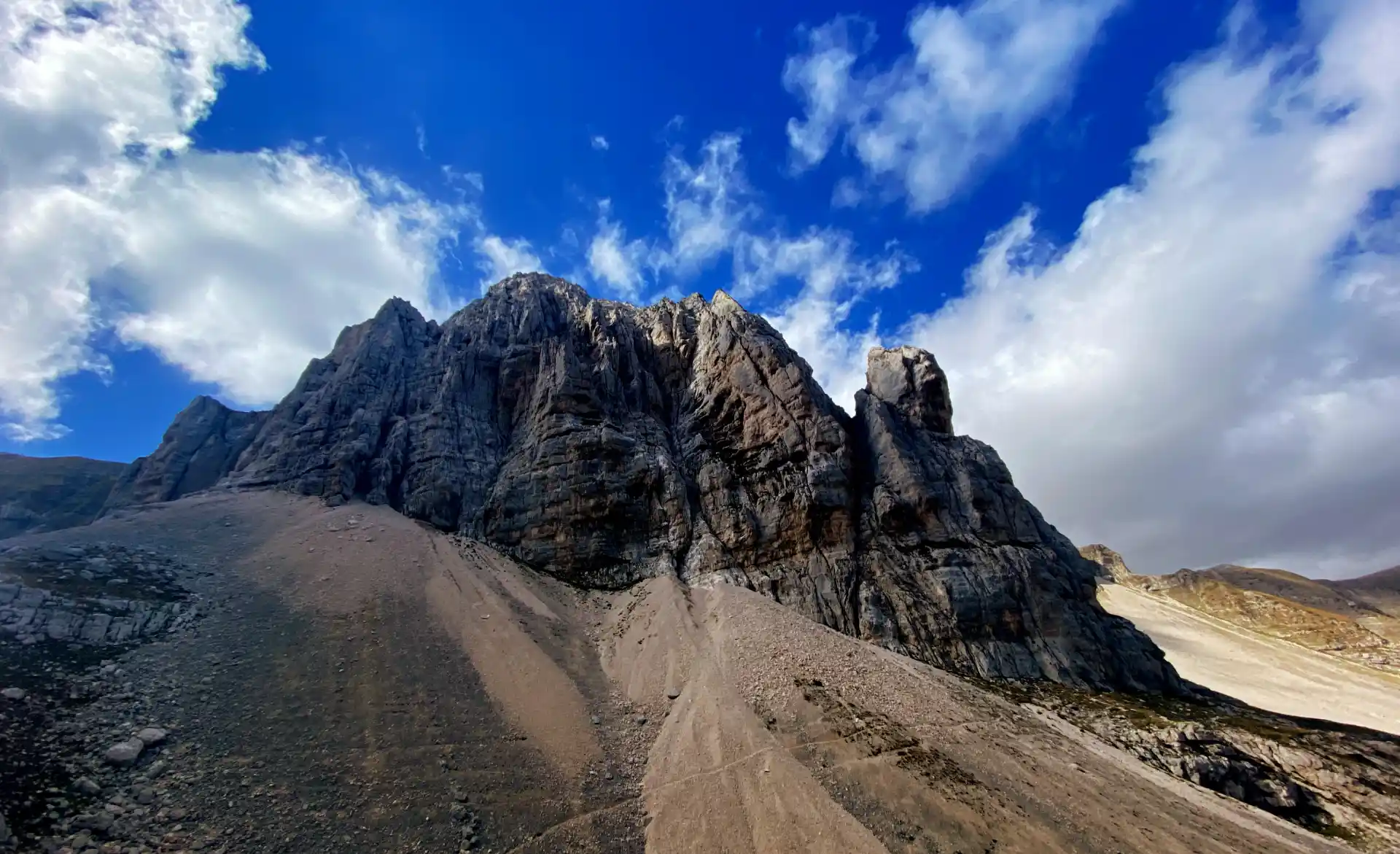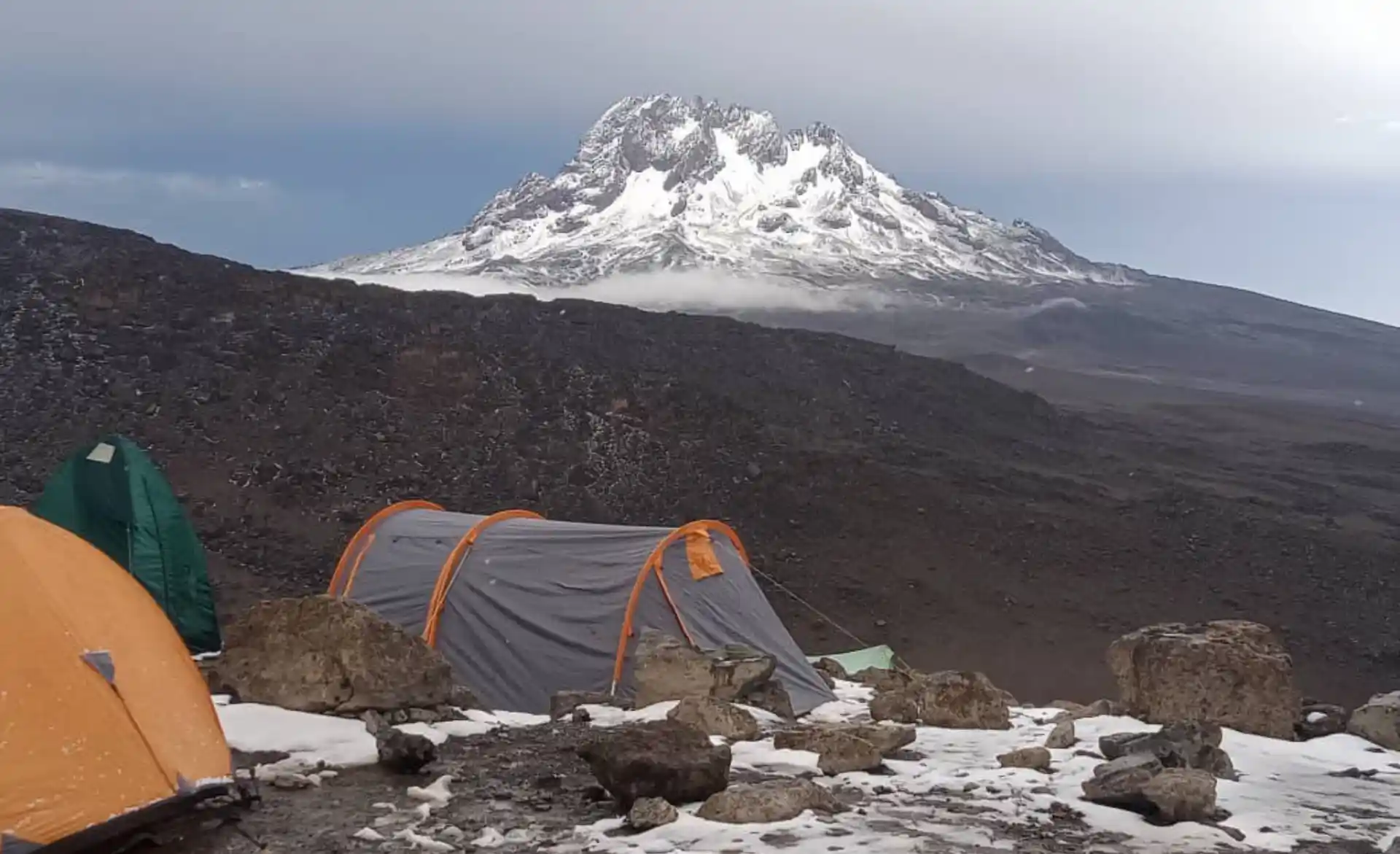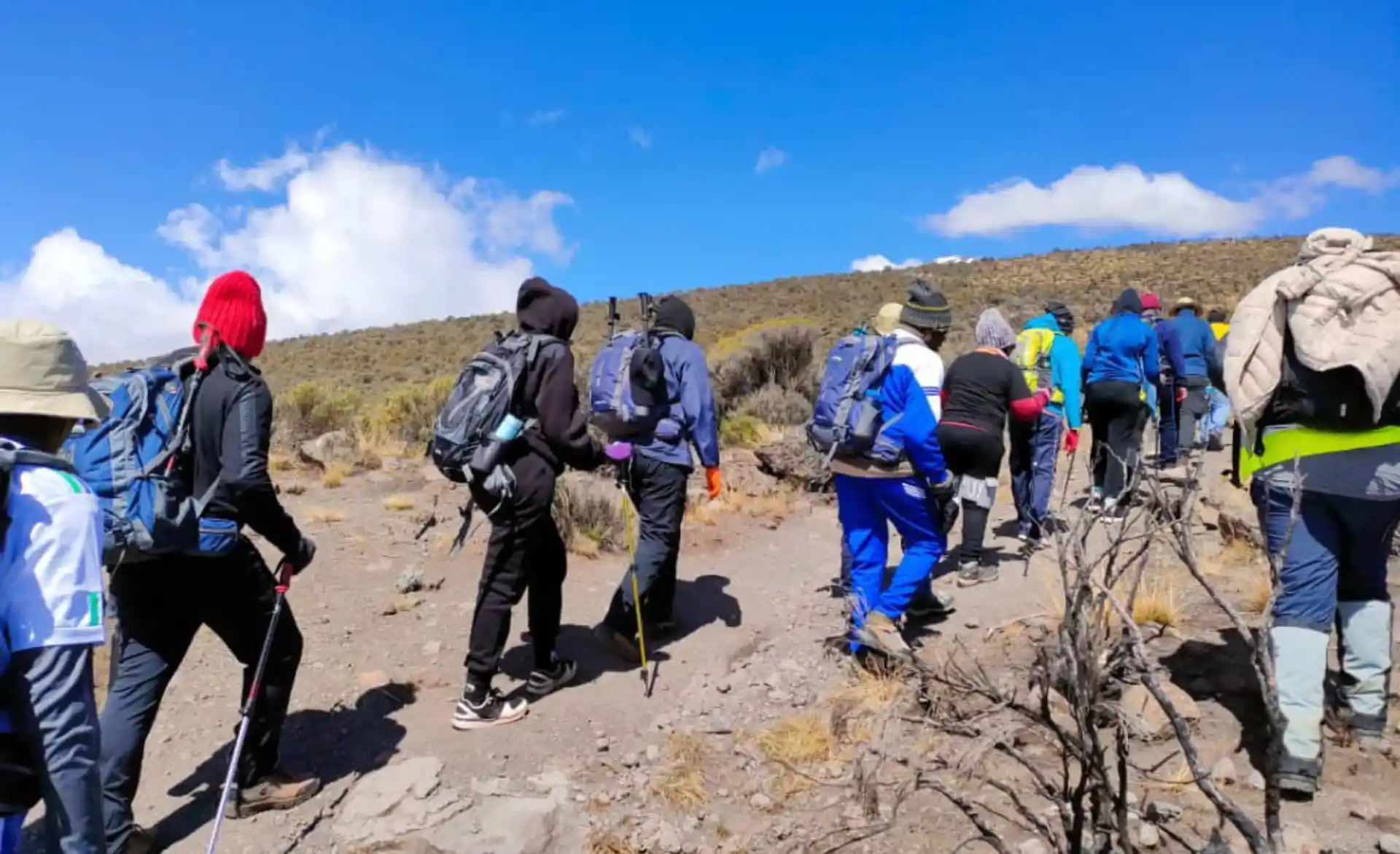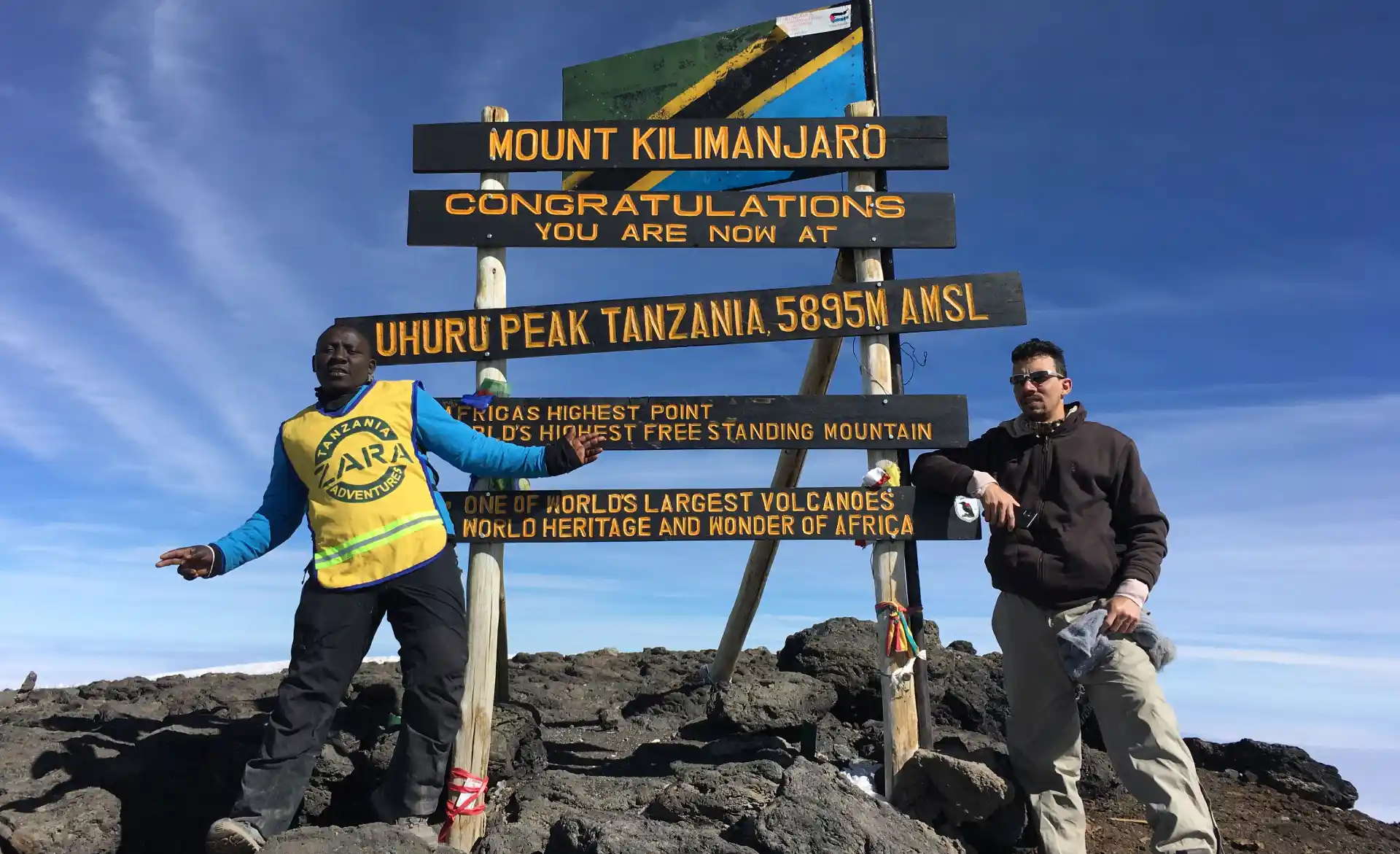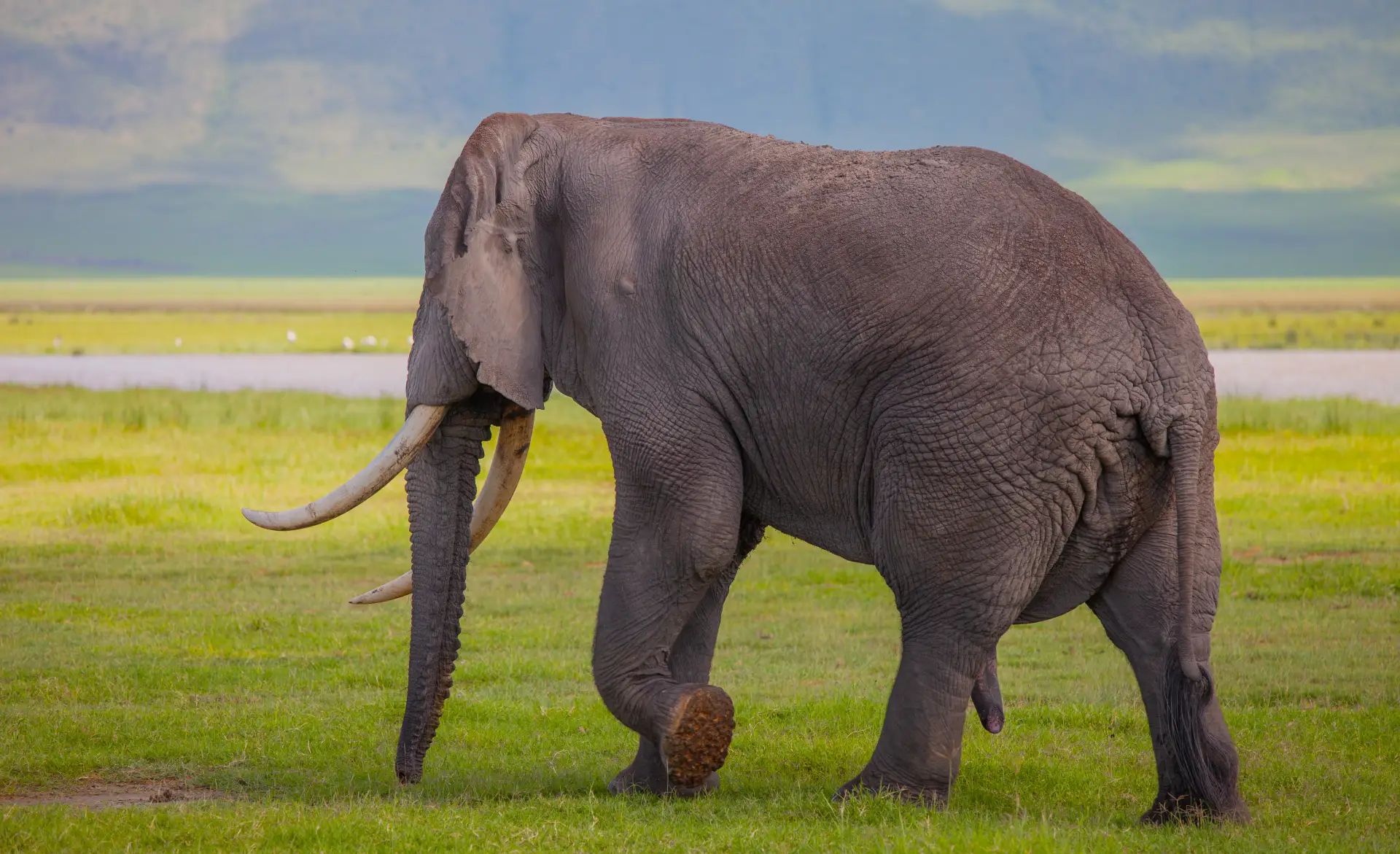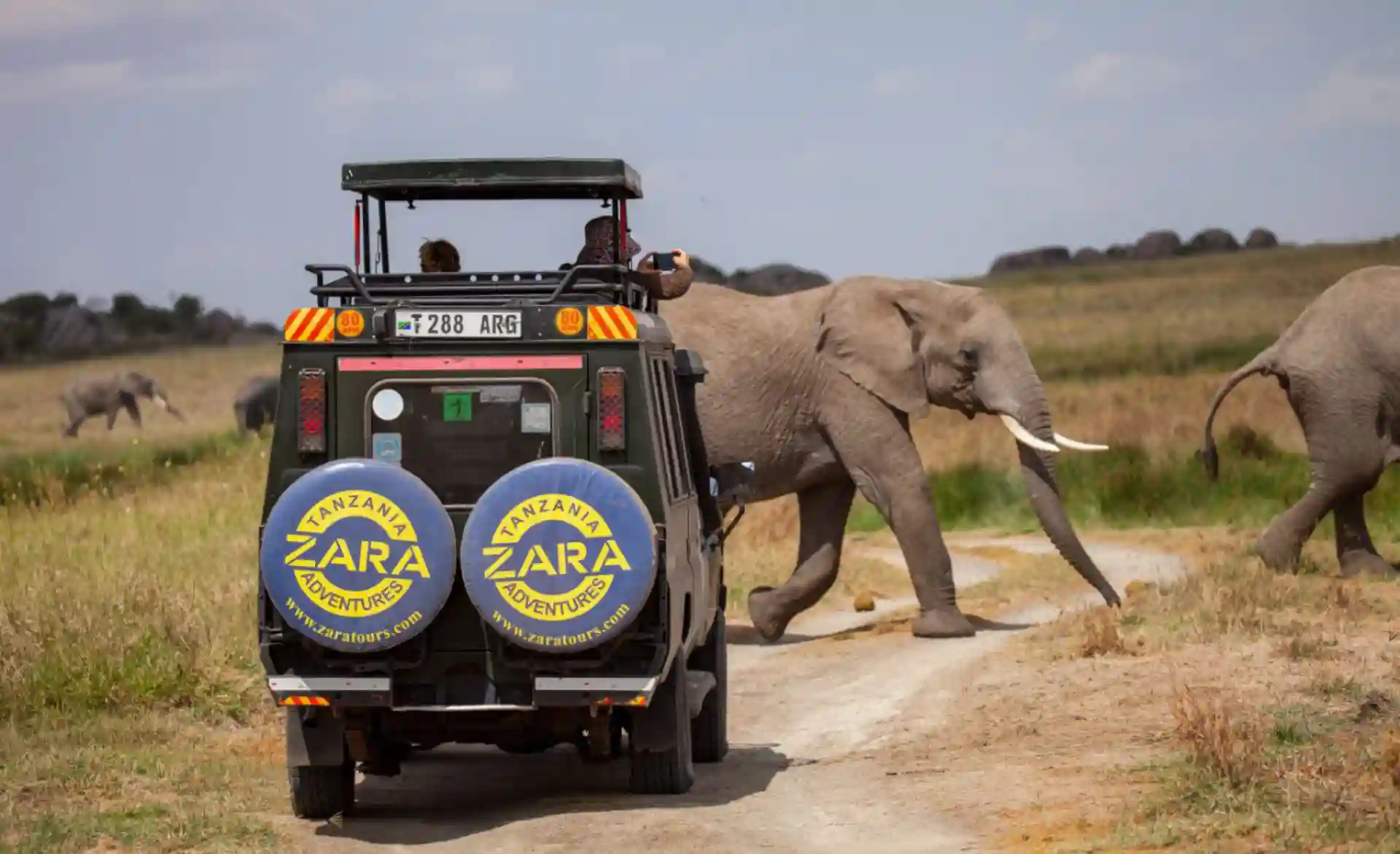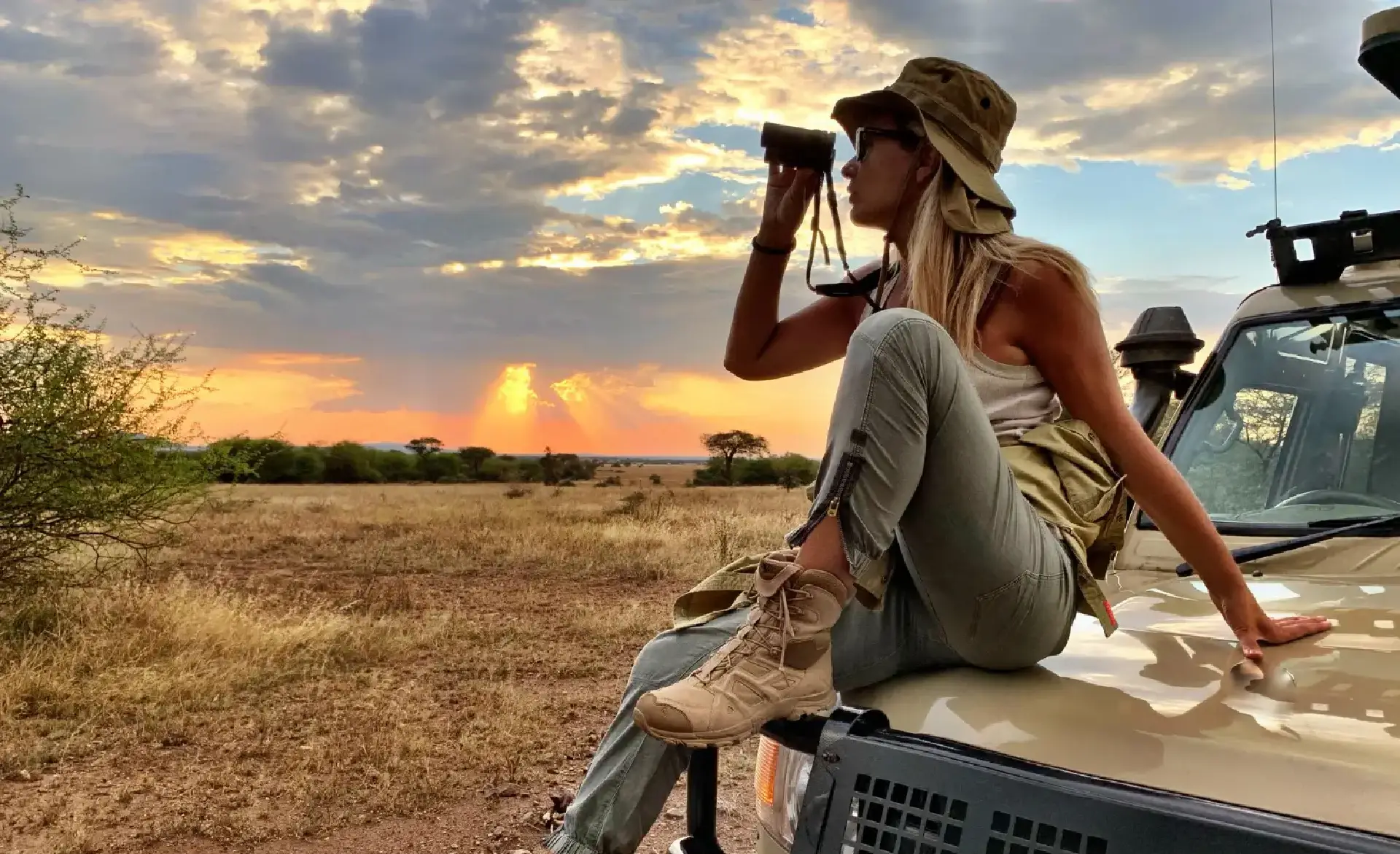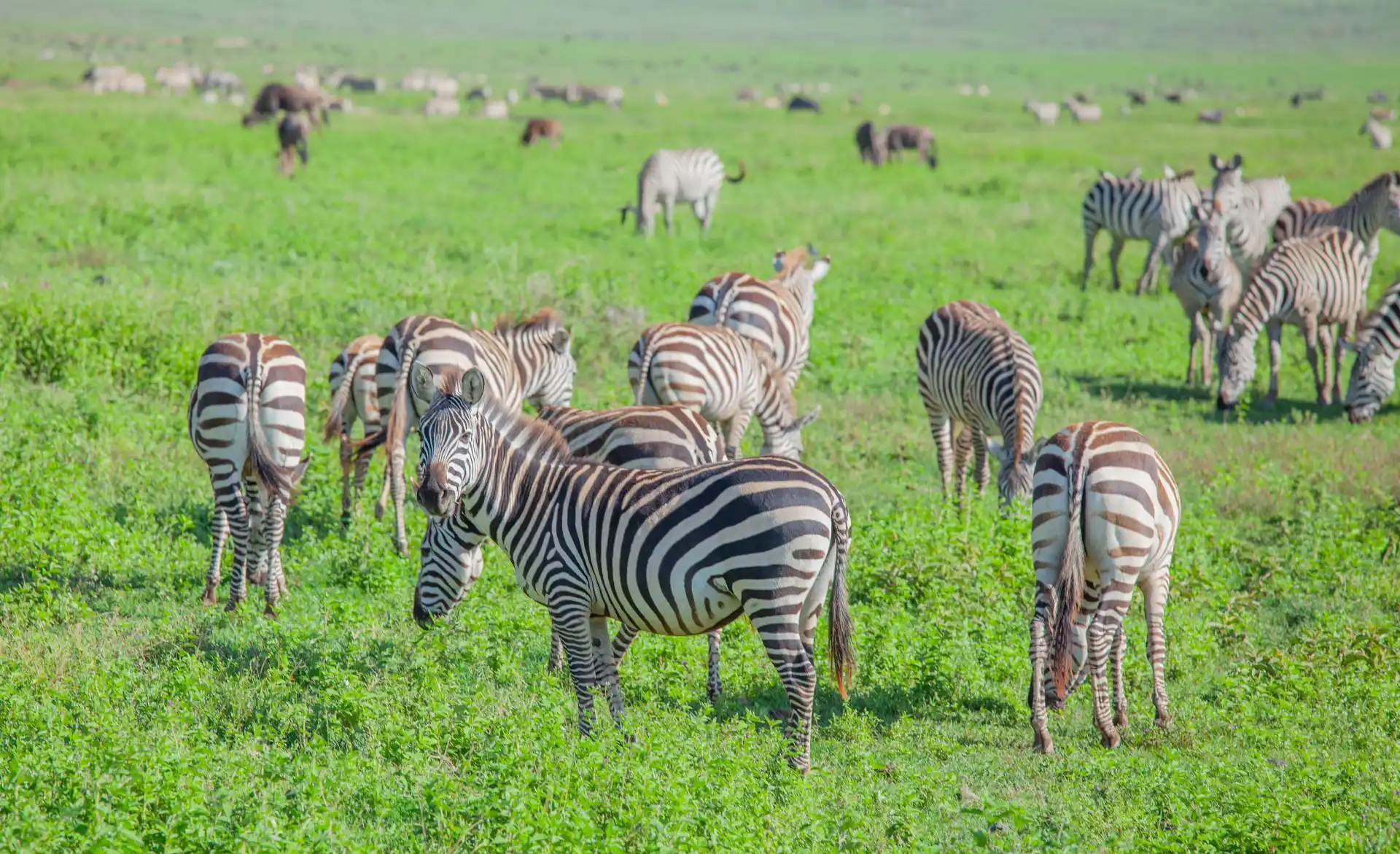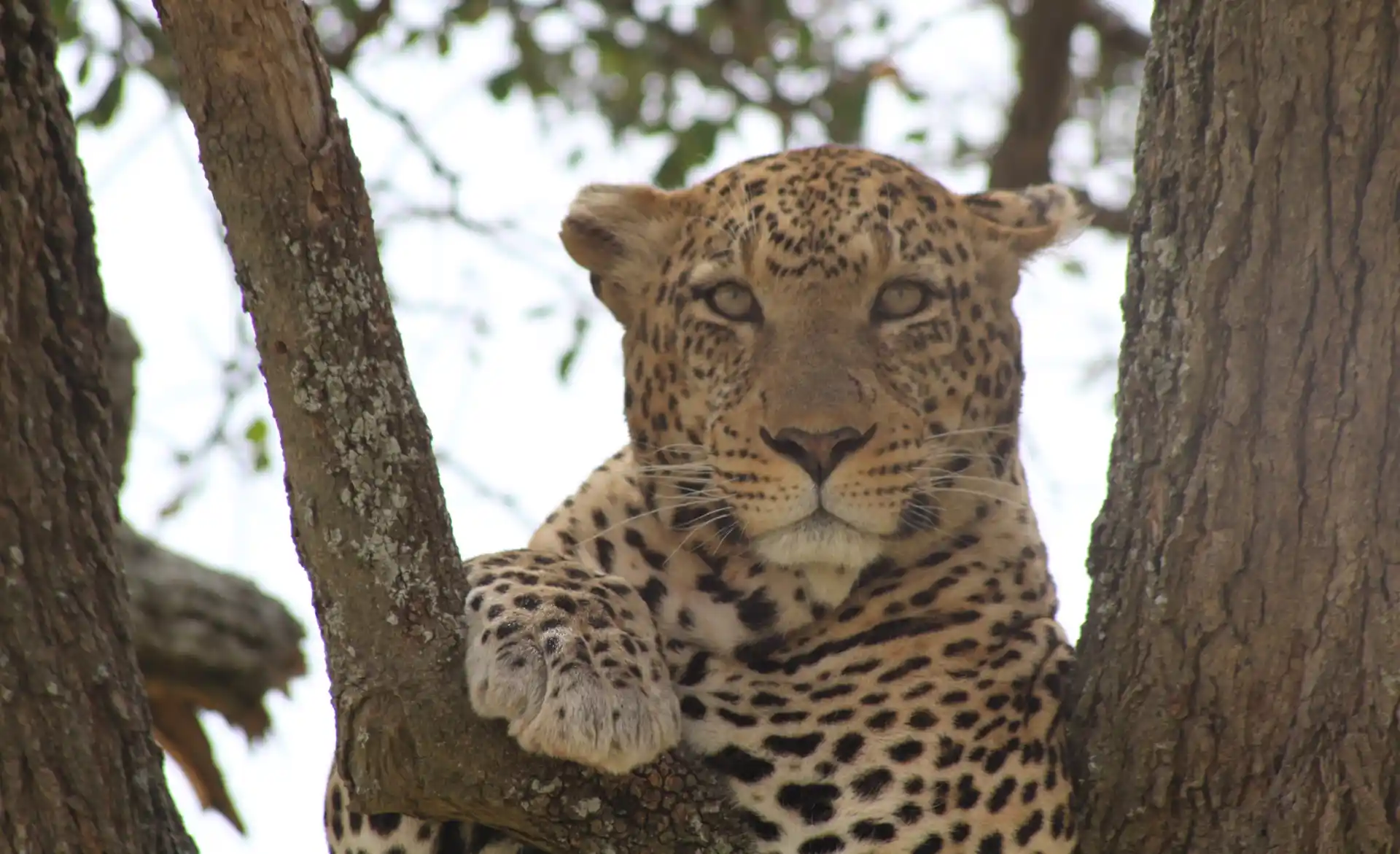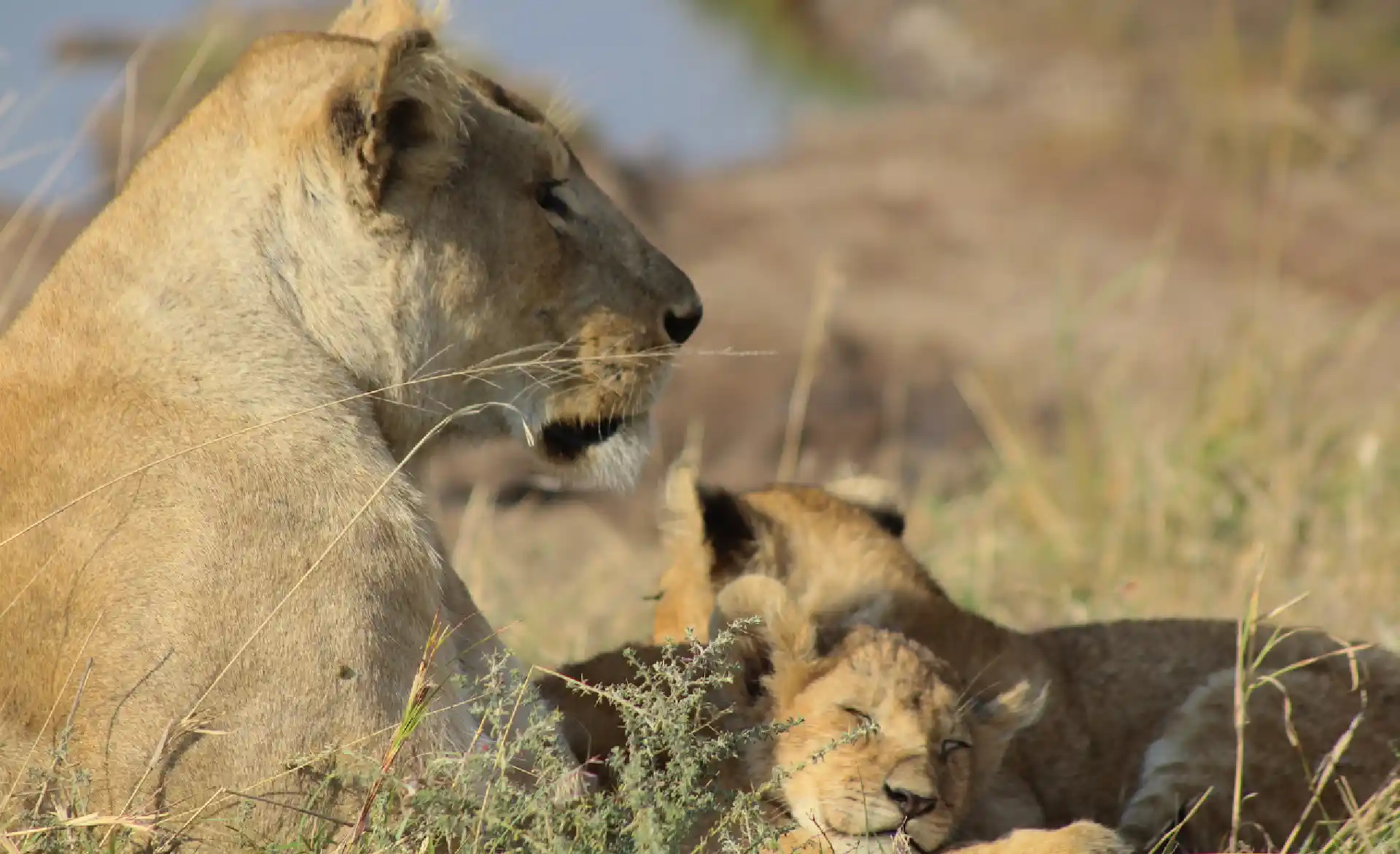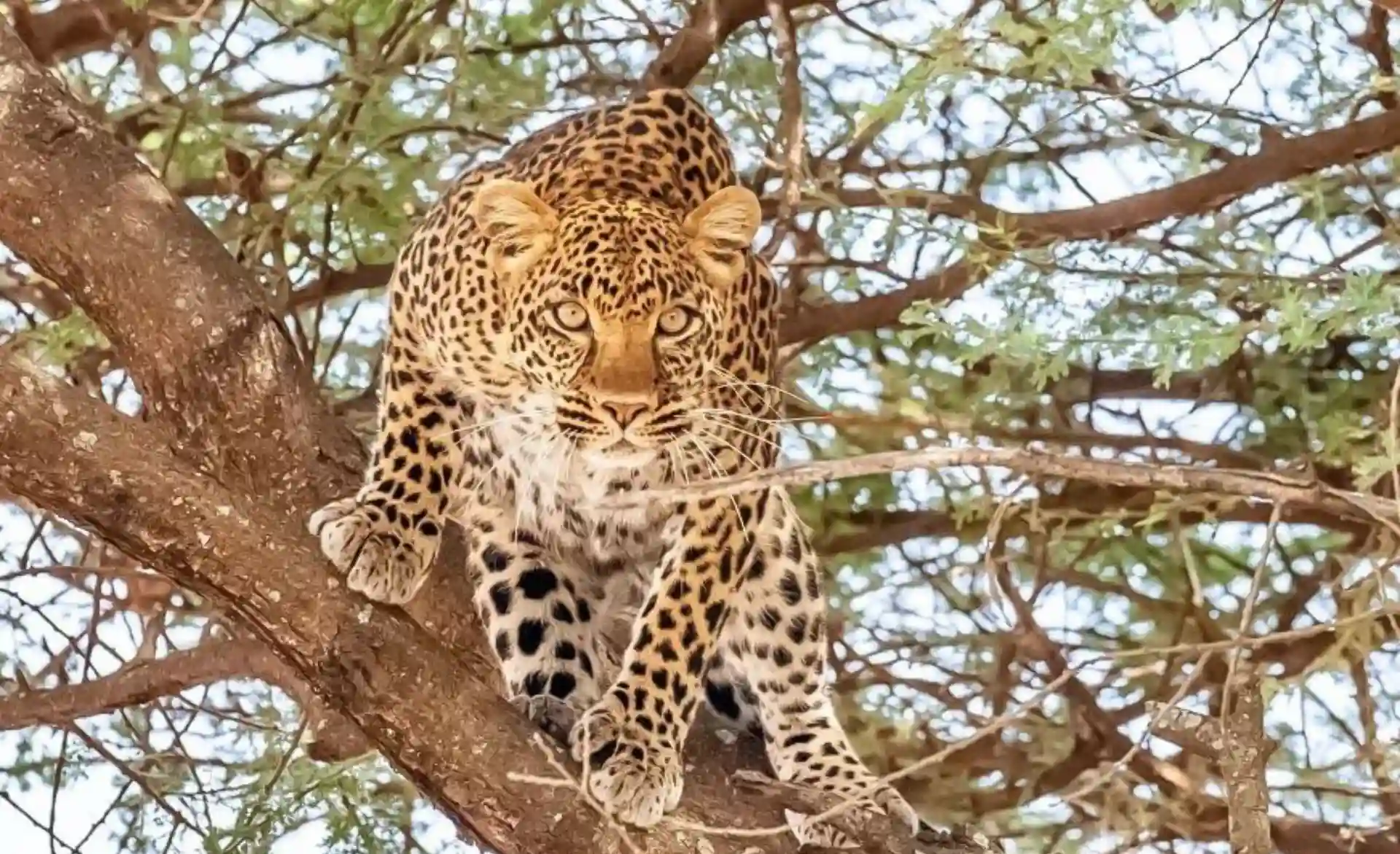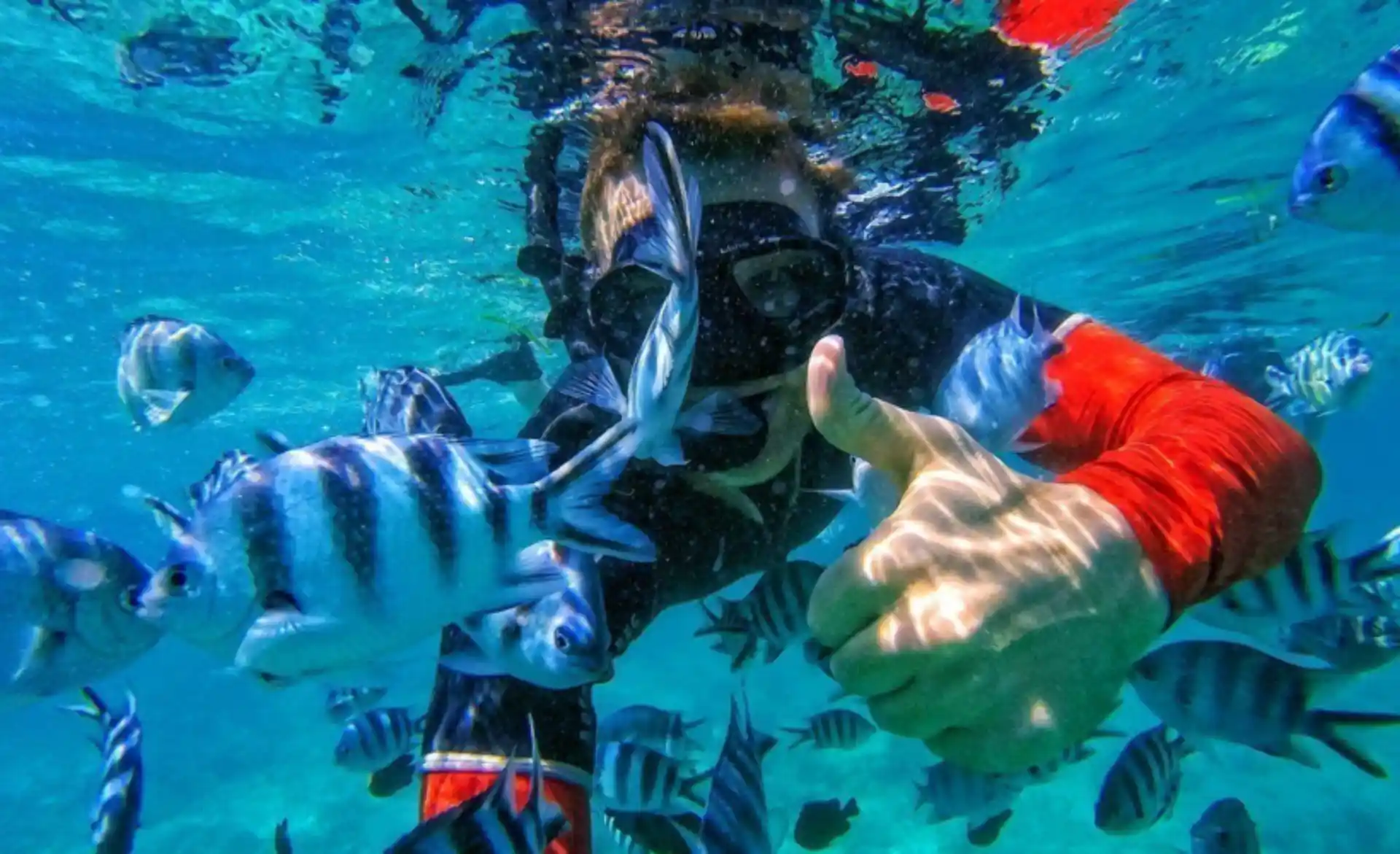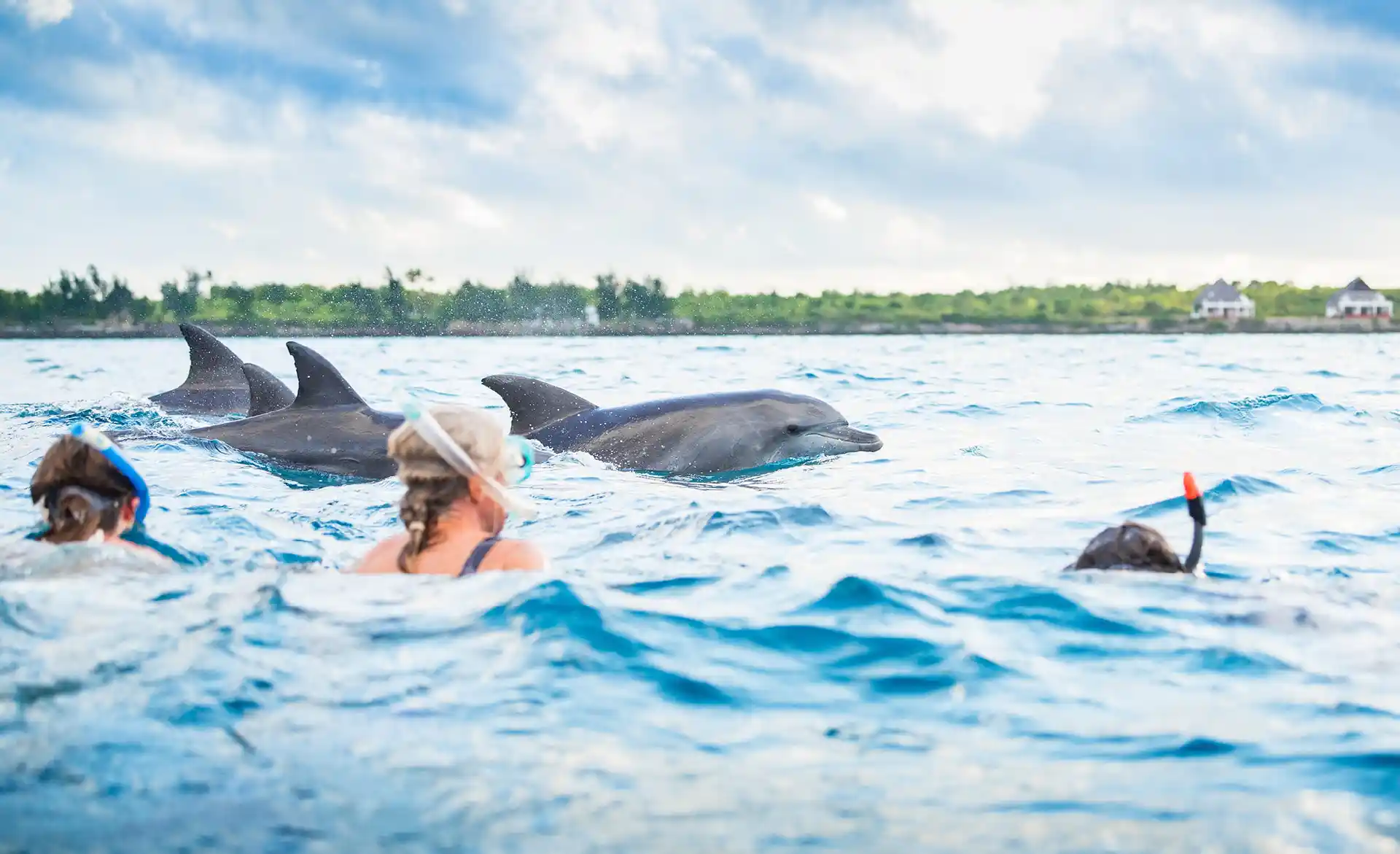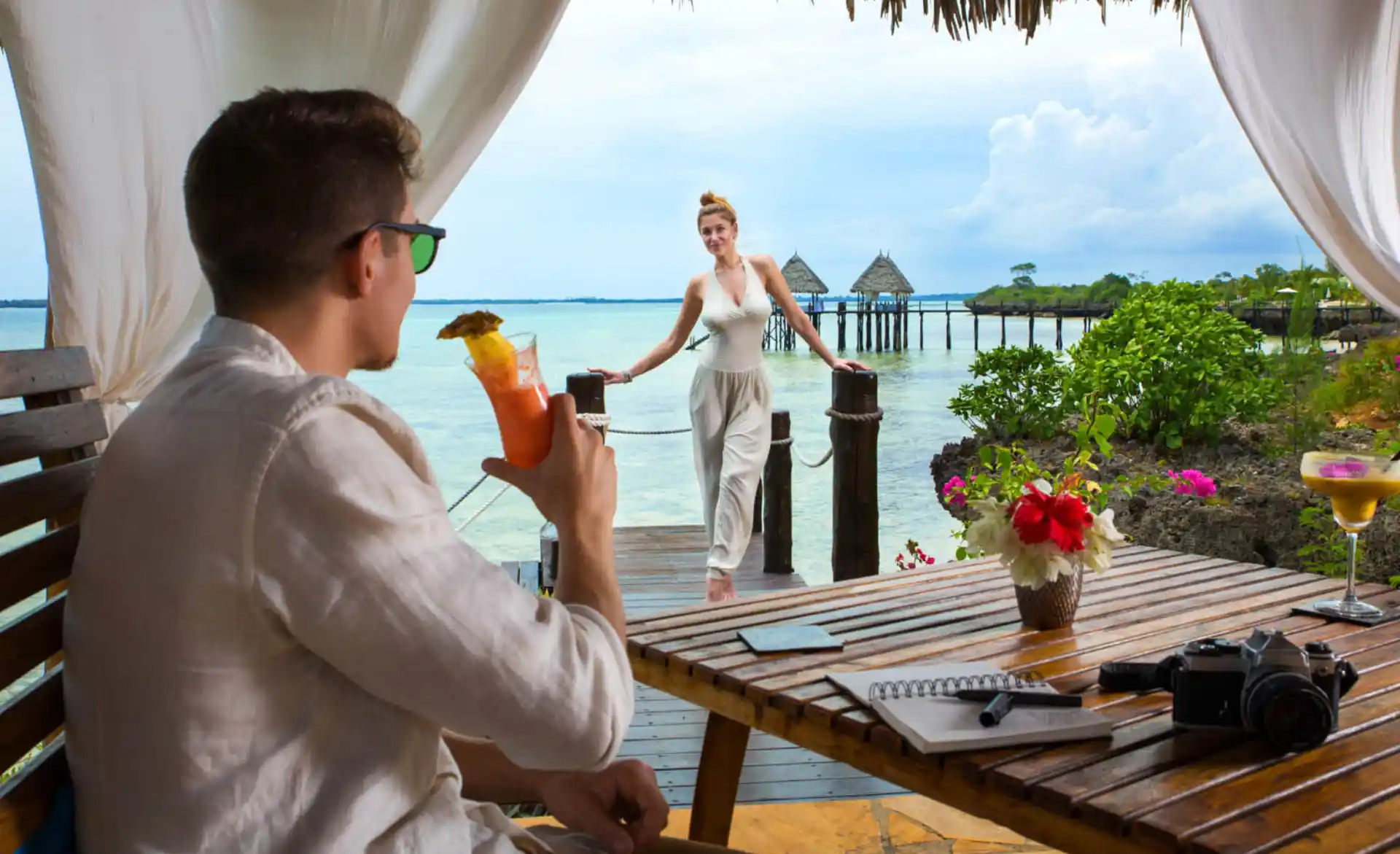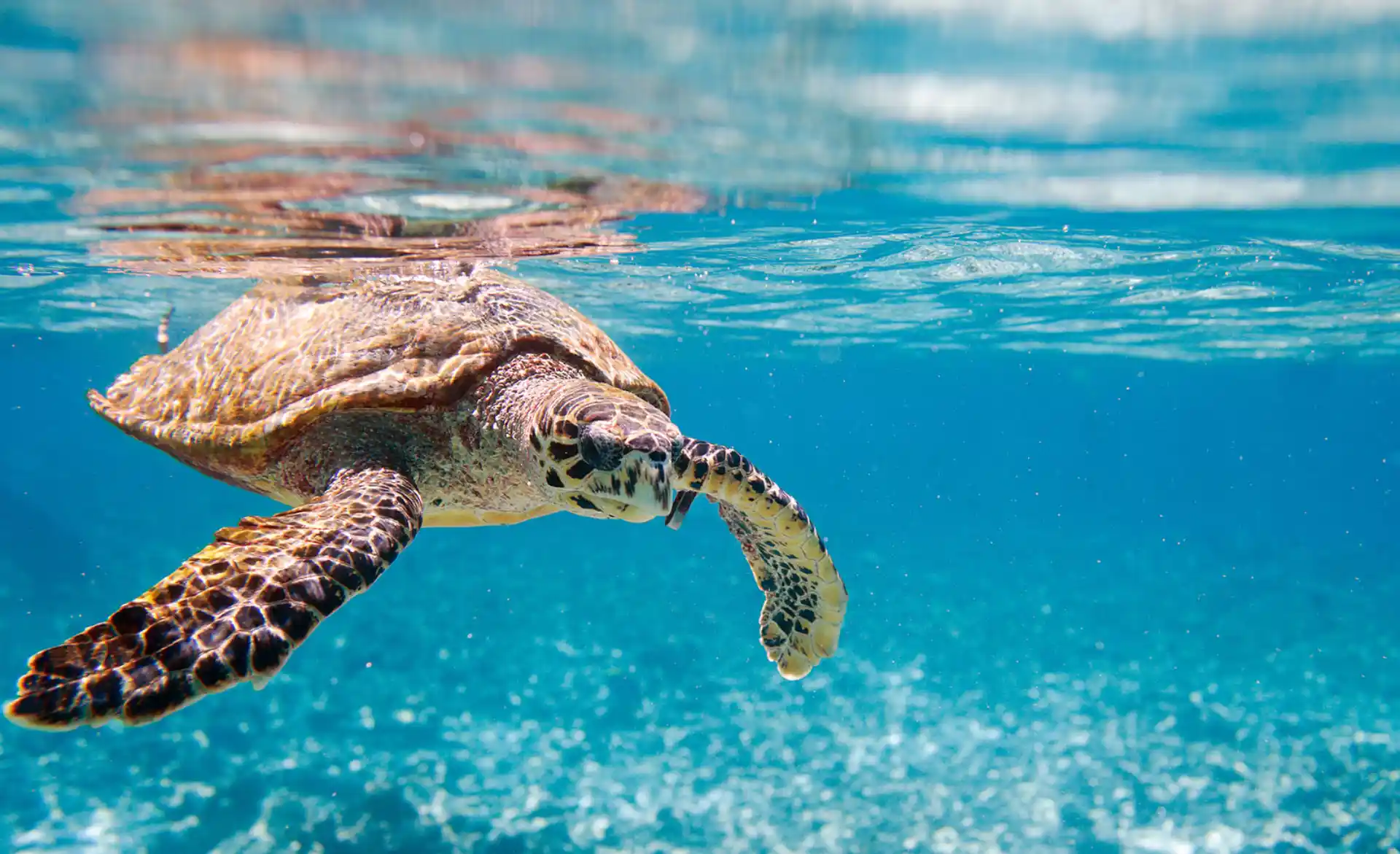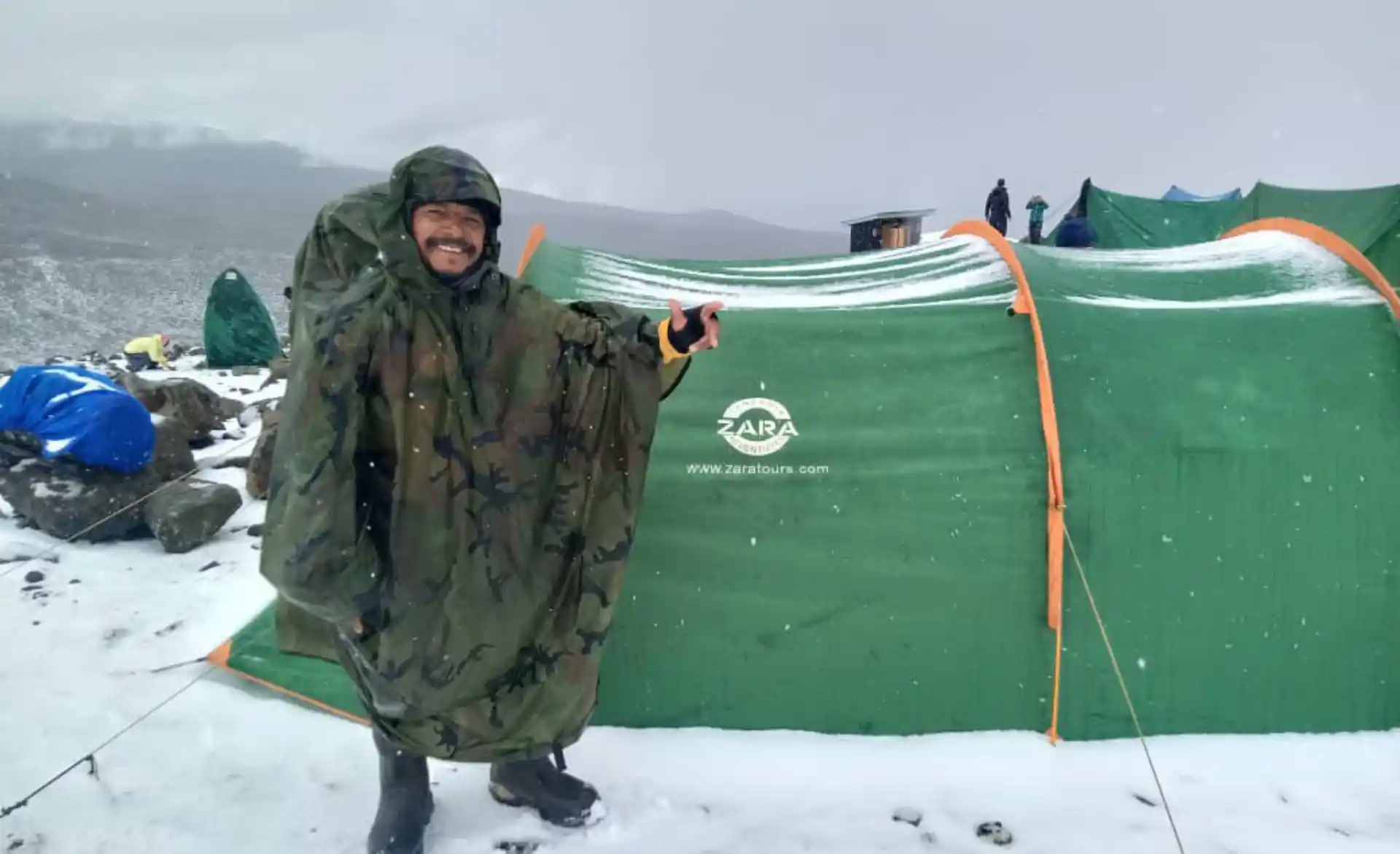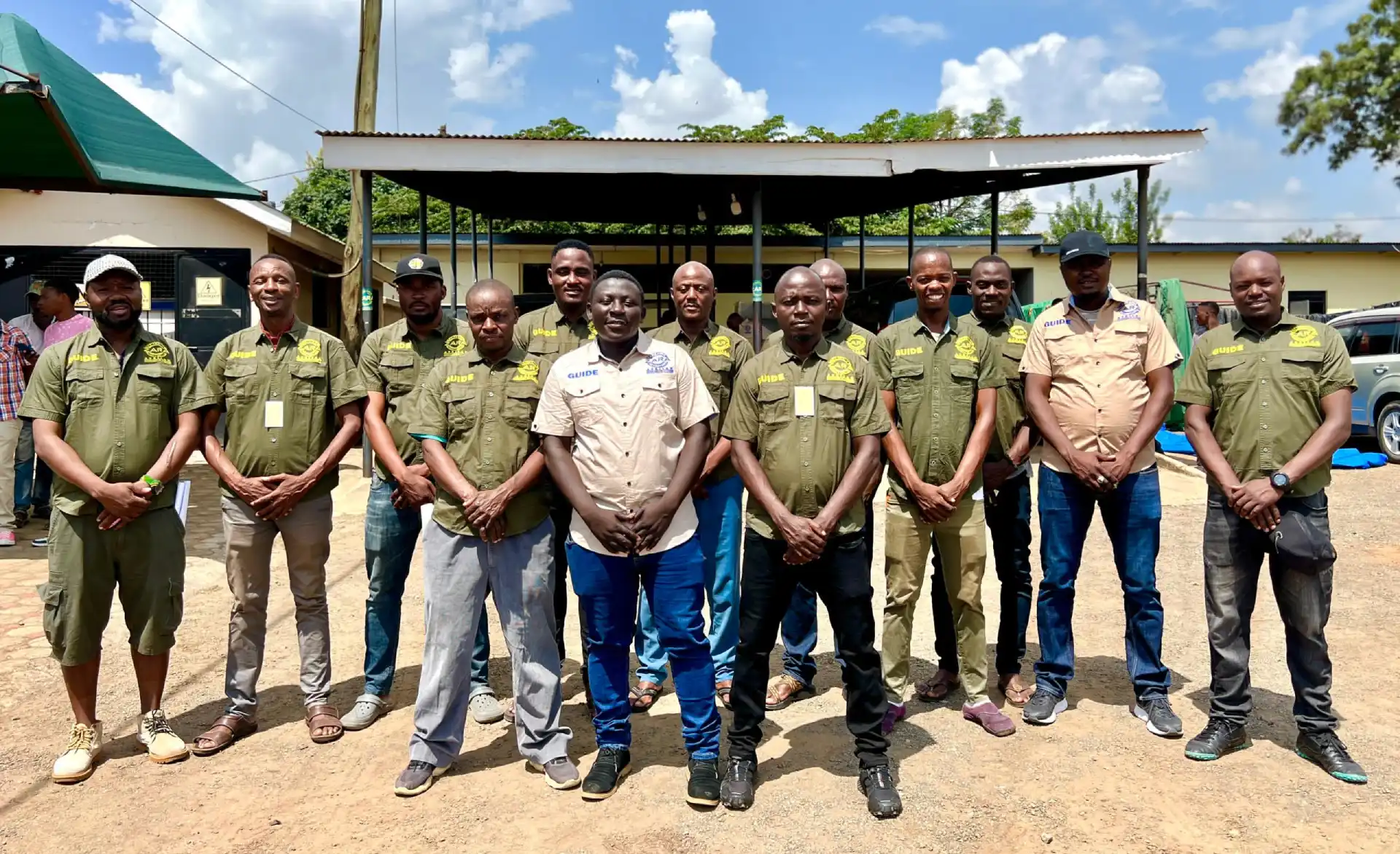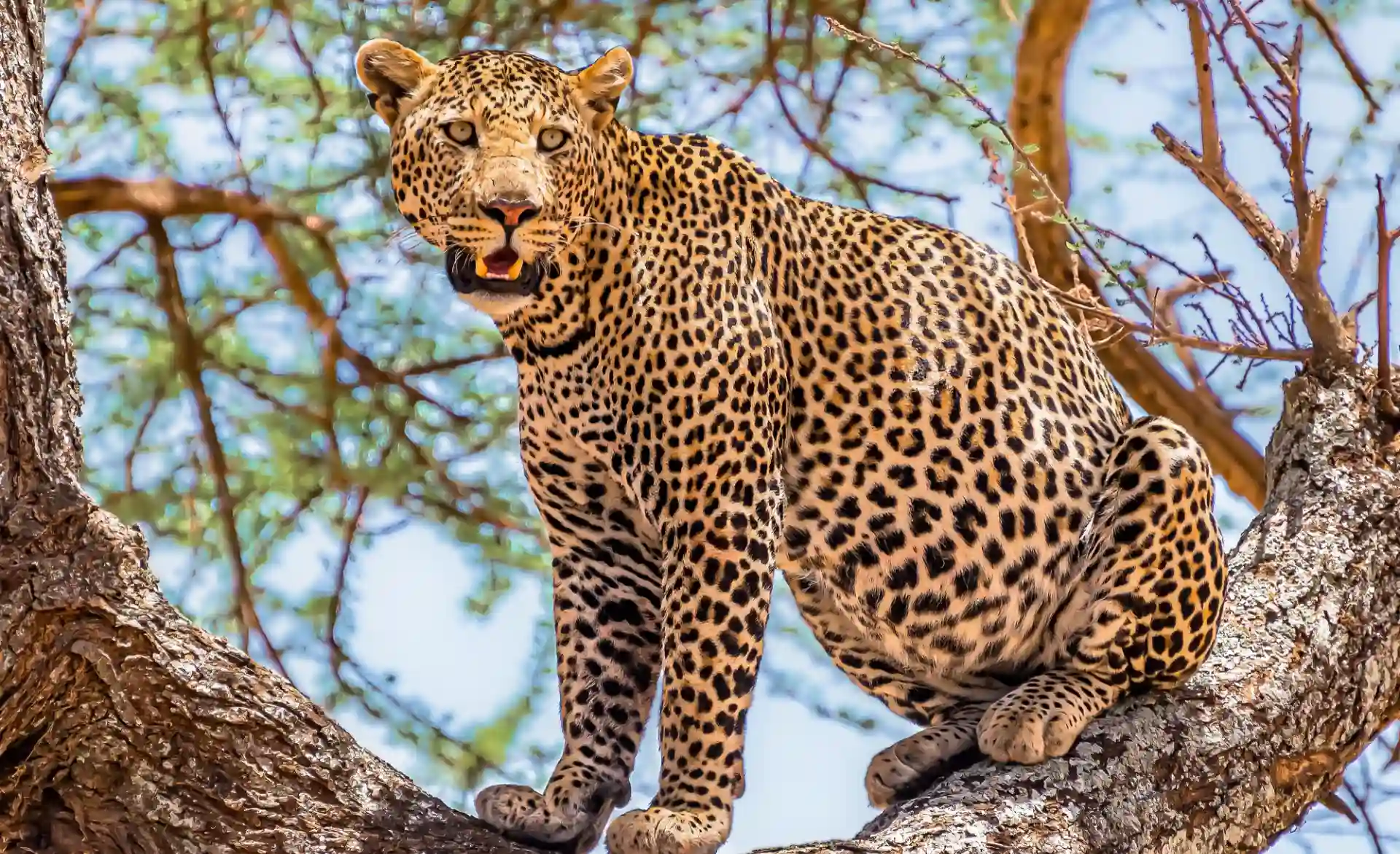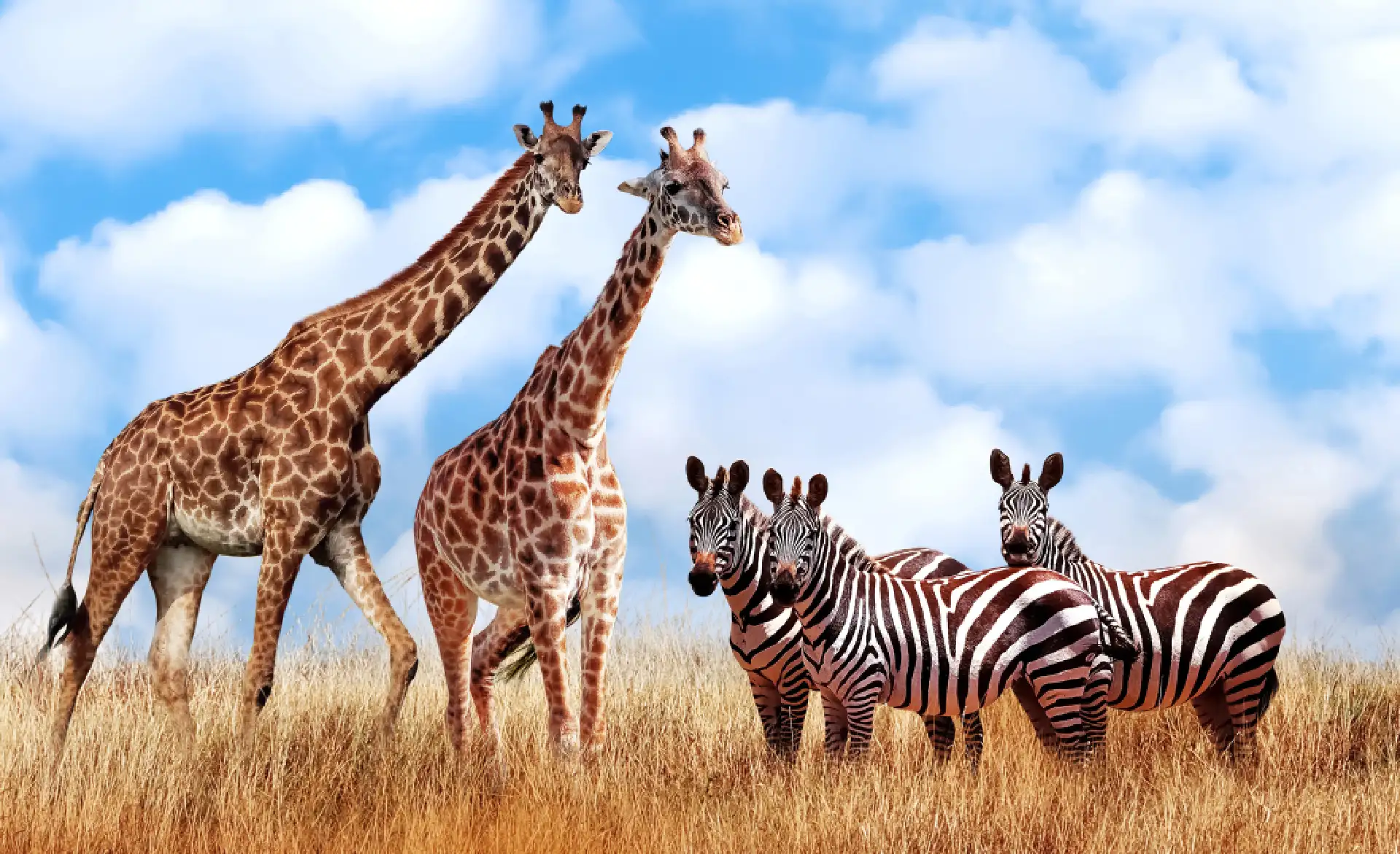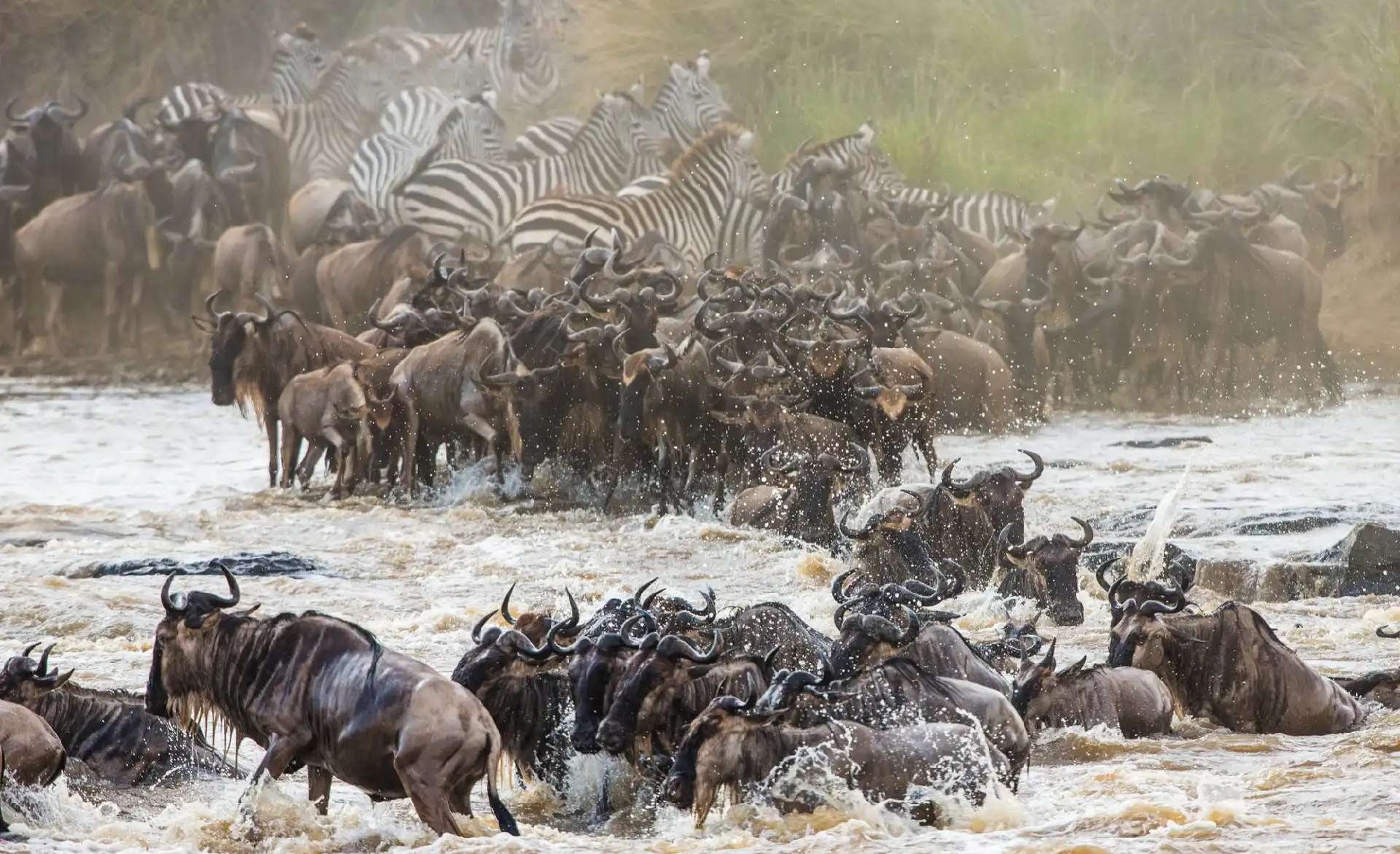The Ultimate Kilimanjaro Climbing Guide
A Journey to Africa's Highest Peak
Safari
Mount Kilimanjaro, standing majestically in Tanzania, is Africa’s highest peak and one of the most sought-after climbing destinations in the world. Climbing Kilimanjaro is an adventure of a lifetime, offering stunning views, diverse landscapes, and a sense of achievement like no other. In this ultimate guide, we’ll explore everything you need to know to conquer Kilimanjaro and make your ascent a memorable experience.
Understanding Mount Kilimanjaro
Mount Kilimanjaro is a dormant volcano composed of three volcanic cones: Kibo, Mawenzi, and Shira. Kibo is the highest peak, and Uhuru Peak, located on Kibo's crater rim, is the highest point on Kilimanjaro and in Africa, standing at 5,895 meters (19,341 feet) above sea level.
Choosing Your Route
Kilimanjaro offers several climbing routes, each with its own challenges and attractions. The most popular routes include the Marangu, Machame, Lemosho, and Rongai routes. The choice of route depends on factors such as your fitness level, climbing experience, and the experience you see
Fitness and Training
While climbing Kilimanjaro doesn't require technical climbing skills, it is a strenuous trek that demands a good level of fitness. It's recommended to engage in cardiovascular exercises, such as hiking, jogging, or cycling, to prepare your body for the physical demands of the climb.
Acclimatization and Altitude Sickness
Altitude sickness is a common concern when climbing Kilimanjaro, as the altitude can affect climbers at any fitness level. To minimize the risk, it's essential to choose a route with a gradual ascent, allow for proper acclimatization days, and stay hydrated throughout the climb.
Packing Essentials
Packing for Kilimanjaro requires careful consideration of the gear and clothing you'll need to stay comfortable and safe during the climb. Essentials include sturdy hiking boots, layered clothing for varying temperatures, a warm sleeping bag, a headlamp, and plenty of snacks and water.
Guides and Porters
While it's possible to climb Kilimanjaro independently, most climbers opt to hire guides and porters for support. Guides are essential for navigation and safety, while porters assist with carrying gear and setting up camp. Hiring local guides and porters also supports the local economy and ensures a more enjoyable experience.
Best Time to Climb
The best time to climb Kilimanjaro is during the dry seasons, from January to March and June to October, when the weather is more stable and visibility is better. However, the mountain can be climbed year-round, with each season offering a unique experience.
Summit Day
Summit day is the culmination of your Kilimanjaro climb, starting in the early hours of the morning to reach Uhuru Peak in time for sunrise. The ascent is challenging, both physically and mentally, but the breathtaking views from the summit make it all worthwhile.
Environmental Conservation
Climbing Kilimanjaro comes with a responsibility to protect the environment. It's essential to adhere to the "leave no trace" principles, pack out all waste, and respect the natural beauty of the mountain.
Where do you sleep when climbing mount Kilimanjaro?
In mountain you can sleep on hut or tent. Most of the trekkers sleep in tented camps, as only the Marangu route offers hut accommodation. Everyone hiking one of the other seven Kilimanjaro routes must camp.
How many Kilimanjaro route are there?
There are 7 main mountain Kilimanjaro route which lead to the summit Uhuru peak. They are Marangu route, machame route, Lemosho route, Rongai route, Umbwe route, Shira route and Northern circuit route
Is tipping included and if not, how much should I budget?
Tips are not included in the tour price and it is entirely at your discretion
Is Kilimanjaro a technical mountain?
Kilimanjaro requires no technical climbing experience nor climbing equipment. This makes it the most accessible of the Seven Summits in many ways.
When is the best time to climb?
Kilimanjaro is climbable all year round.
The best months to clim, however, are July to October and December to February, as these are the warmest and driest months respectively.
July, August and September tend to be the busiest months on the mountain.
What is the climate like?
Due to the great elevation gain on a Kilimanjaro climb, you will experience all kinds of weather, from 30° C (86° F) on the plains surrounding Kilimanjaro all the way down to -7 to -29° C (20° to -20° F) at the summit. So ensure you are prepared
Can I climb without porters and guides?
No you cannot climb without porters and guides. The National Park Authority restricts climbers to the mountain without any qualified guides and the minimum number of guides to climb the mountain is 1 guide for every 3 people.
Porters are actually optional but would still advice to have porters while climbing the Kilimanjaro unless you’re fit to camp for 7 days.
The best way to get to Kilimanjaro?
The best way to get to Kilimanjaro is by flight and there no direct flights from different countries the best option is through KLM via Amsterdam or Turkish Airlines via Istanbul.
Kilimanjaro there is an international airport called JRO airport, from the airport there hour’s drive from the mountain itself.
But you should be ware of some airlines that will get a god deal but have 10-hour layover. But its best to fly through Middle East, also Qatar has direct flights into JRO from Doha.
How long does it take to reach the summit of Kilimanjaro?
Depending on the route, most trekkers take 5-7 days to reach the summit. The longer you spend on climbing Kilimanjaro, the better your body acclimatize, increasing the chance you will succeed in reaching the summit of mount Kilimanjaro.
Can you accommodate people with special diet requirements?
Yes we can offer vegetarian, gluten-free, or any other special diets. Kindly specify at the time of booking.
How fit do you need to be to climb Kilimanjaro?
Trekkers have reached the summit of Kilimanjaro safely with our help. You need to have walking exercises during the weekend or be able to walk 5-7 hours on your feet.
With all the exercises you also need to have determinations. Because reach to the summit its very tough experience. During the climb you will be spending 8-10 hours and 6-8 hours descending.

Reach Us
Contact form
Enquiry
